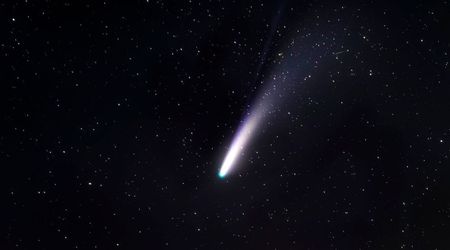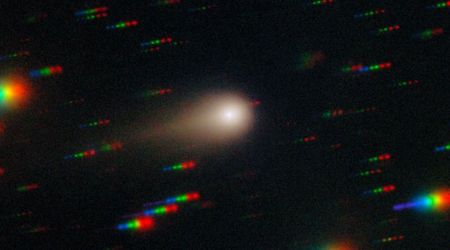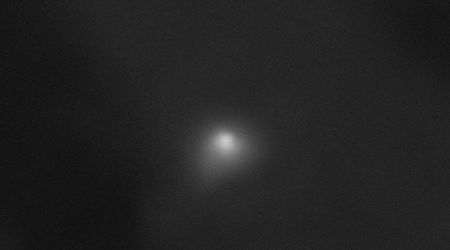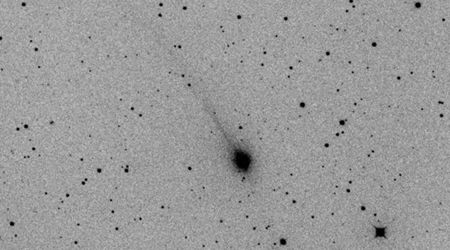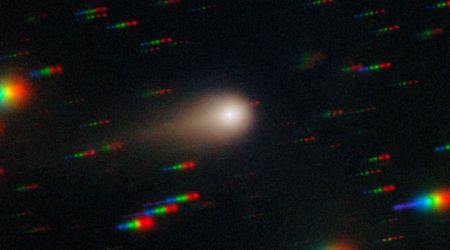125 mph 'Flying Banana' mistaken for aurora by skywatchers as lasers light up sky

In May, residents of Oxfordshire, England, were perplexed by an unusual blue laser beam that appeared in the night sky on two separate occasions. Astrophotographer Mary McIntyre, who captured the phenomenon on her aurora-hunting cameras, stated she had never witnessed anything like it, as reported by Space.com.

Mclntyre initially considered the possibility of a rare blue aurora when she first observed the light on May 1. However, she quickly dismissed this idea due to the light's rapid movement, which was inconsistent with the behavior of any aurora she had previously documented. She also ruled out the possibility of a spotlight from a nearby RAF base, as its speed was far too great to be attributed to such a source. Mclntyre also considered if the strange blue light might be from a festival. However, she quickly dismissed that idea, stating, "We've had lights from festivals before now, but again they looked nothing like this, plus this blue beam was in the sky in the early hours of the morning rather than evening."
The mystery was finally solved when Mclntyre's husband shared the Mat 1 footage, leading a friend in the astronomy community to explain: a high-speed mapping train with a distinctive nickname. The source of the unusual blue light show is a specialized train called the New Measurement Train (NMT). This train, which records track condition information using lasers at speeds of up to 125 mph, has been playfully dubbed the "Flying Banana" due to its bright yellow paintwork. Mclntyre was surprised to see it again, exclaiming, "I couldn't believe it when I spotted it on our cameras again in the early hours of 29th May!" She further continued, "While it looks very cool, it's also a shame to have yet another thing that's polluting the night sky."

What's big, yellow, and inspects the track at 125mph?
— Network Rail Scotland (@NetworkRailSCOT) January 13, 2023
It's our New Measurement Train! Here's how it works... pic.twitter.com/IsyTqgTedI
Most recently, a strange blue spiral illuminated the skies over Europe on March 24, leading residents across the UK, Croatia, Poland, and Hungary to inundate social media with photos and videos, seeking an explanation for the bizarre light. Some users even speculated about extraterrestrial involvement. Fortunately, it was not the work of alien visitors, but something more grounded. The cause of the strange blue spiral was actually a SpaceX Falcon 9 rocket that launched from Space Launch Complex 40 (SLC-40) at Cape Canaveral Space Force Station in Florida. The rocket was carrying the secretive NROL-69 mission for the National Reconnaissance Office (NRO).

The northern lights, also known as the aurora borealis, stand as one of nature's most spectacular displays. These ghostly glows occur when charged particles from the sun collide with gases in Earth's upper atmosphere, making them most visible near the magnetic poles. However, due to increasing solar activity, auroras are now appearing farther south and with greater frequency than usual. Whether you're planning a trip to witness them firsthand or are simply curious about the science behind them, understanding what causes the northern lights, when and where to see them, and even how to spot them from your own backyard can enhance your appreciation for this breathtaking phenomenon, as per Space.com.
